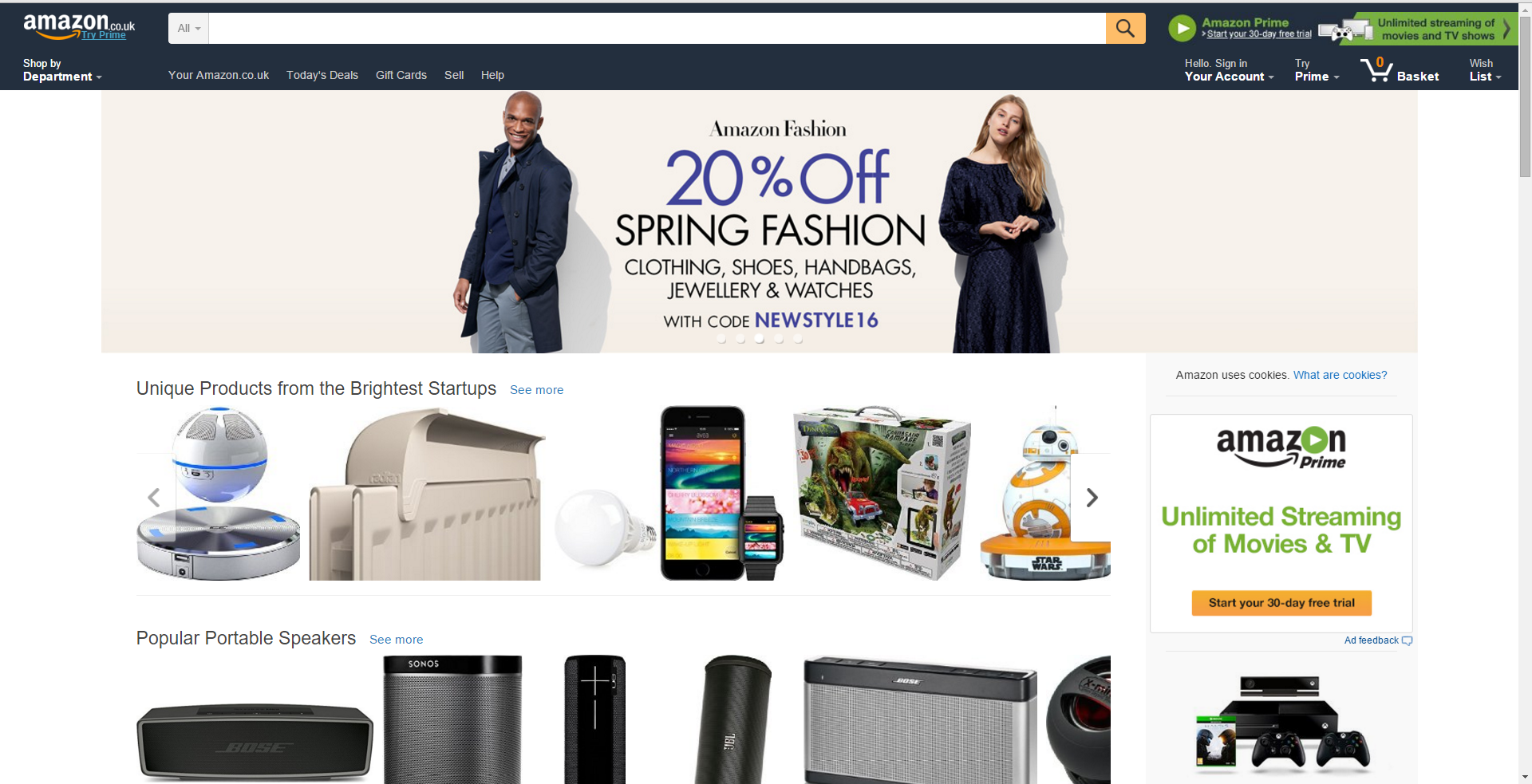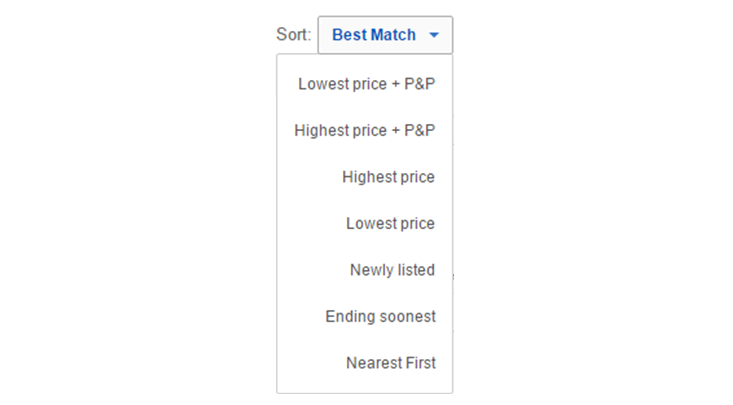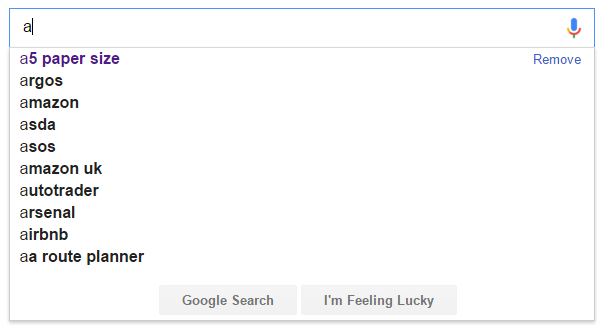9 WAYS TO GET MORE FROM YOUR WEBSITE SEARCH
 Contextual Marketing is all about “Providing the right content to the right person, in the right place, at the right time.
Contextual Marketing is all about “Providing the right content to the right person, in the right place, at the right time.
You may have heard similar statements in the past, but have you ever stopped to think about what that really means? Let’s take a quick look at our definitions:
“The right content” – This is simply another way of saying “Relevant Content”. The relevancy of content is subjective, but we’re aiming to provide real content which is genuinely helpful to the prospect.
“The right person” – This is all to do with delivering relevant content based on all of the prospect's past behaviours, or if we don’t have past information on that particular prospect, delivering content based on the prospects current browsing patterns or Persona type
“The right time” – Even high quality content is considered SPAM if it’s delivered to the prospect at the wrong time. All buyer journeys are broken down into 3 key stages: Discovery, Consideration and Decision (we’ve written about this in our downloadable Marketing Automation Whitepaper). Essentially it’s important to ensure that the content delivered is relevant to the prospects position in the buying journey.
“The right place” – The most relevant content needs to be the most accessible content –screen real estate is limited so use it wisely!!!
Contextual Marketing is applicable to a wide umbrella of marketing activities, but for this post, we’re going to focus on one very small but important aspect of website marketing: The Search Functionality.
Let’s start by getting one thing straight: If you don’t have a search bar on your website, you need to get one! Visitors that perform a search convert 5 times more often than those that don’t. They also spend 48% more time on your site too.
Whilst implementing even the most simplistic search functionality will benefit your bottom line, the following 9 points may require the use of more advanced software, so it’s worth mentioning that all of the following functionality (and more) is available using Coveo, the number one search tool for Sitecore websites.
1. Make it Prominent
Ensure the search functionality is easy to find and highly accessible. Placing the search bar in the top right corner of your site will provide an intuitive experience for most visitors. Don’t put it in the nav ..unless it’s for the mobile experience.
Some sites display a full width search bar, which isn’t surprising when you consider that certain major e-retailers have seen a 20% uplift in conversions after increasing the size and prominence of the search bar. Our advice: just make sure the bar is long enough to comfortably display the entire search query for the majority for standard searches. As a rule of thumb that’s about 25 characters in length. If you scroll to the top of this page and click into the search box, you’ll see how it expands to give you more space – just remember that the majority of search queries are an average of 3 words long.
Why not take inspiration from the world’s leading eCommerce website (amazon) for tips on search bar length …

2. Monitor the queries
Keyword search terms are like gold dust to marketers, and ever since Google took them away from us we’ve struggled to understand exactly what the user wants. Coveo allows you to rediscover the exact terms your prospects are using, which will help you make SEO improvements and fill the content gaps.
3. Sort by relevancy and auto-boost popular content
In general, it’s always best to choose relevancy as the default sort type.
Coveo will tell you the relevancy of the search results it displays, and it’ll learn from visitor interactions with past search results too. Here’s how…When a user searches for a particular term, the system spits out a number of search results. If the first result is regularly ignored by visitors making similar searches, and the second result is more frequently chosen, the second result gains relevancy points and will work it's way up the search rankings for anyone making a similar search in the future.
Sorting by relevancy is a good default, but you should also give the user the option to filter their search in other ways such as “Cheapest First”, “Most Recent”, or by any industry specific filter you might wish to include. Here’s ebay’s sort by box…

It's also worth mentioning that it's possible for marketing professionals to add rules which boost certain content items in the search results. So if you've got an event coming up in the next few weeks, anyone making a search using relvant search terms will know about it!
4. Make search results user friendly
The results should be easy to navigate. Using a layout people are familiar with is never going to hurt. For example, if your SERPs look a lot like Google’s, with blue links and short excerpts under each result, people already know where to click because it’s a system their brain recognises.
Further of providing a “Sort by” dropdown box, facets should also be included on your search results pages. Facets exist to help users drill down to what they’re really looking for. If the search results don’t give the user what they expect, they’ll either look to use a different search term or head straight for the facets.
You should look to make your facets dynamic, i.e. you should display different filters depending on what is being search for. If I’m on an ecommerce website searching for “Plant pots” the facets should be asking me about colours and materials. Equally, if I search on the same site for “batteries” it wouldn’t make sense to have me filter by colours, materials, I should be given a list of different battery brands. Surprisingly, even amazon don’t do this as well as they could.
If the facets aren’t relevant to what the user is searching for, there is a higher chance of the visitor bouncing out of your site without converting.
Don’t forget about designing your SERPs for mobile view too – be spearing with your facets where there is limited screen real-estate, but give the user the option of expanding into an advanced search page if that’s what they need.
5. Search Everything!
Where are you getting your results from? Make sure you index everything – Forums, CRM, Old Legacy Sites, Product Catalogues…everything!
6. Make it personal
The data Sitecore’s XDB holds can be leveraged to personalise your search results. Personalisation can be based upon persona or profile, and it’s a great way of ensuring that search results are always relevant to where that particular buyer is in their buyer journey.
7. Kill the “no results” pages
Never display a “No results” page - It’s one of the fastest ways to get rid of a potential customer.
Using Coveo, machine learning is automatic – when someone types in a result doesn’t find what they’re looking for it keeps an eye on what products they eventually browsed, and suggests those products for the next person that types in the same or similar search query. If you don’t have this functionality, at the very least you should provide a list of categories for the user to drill down into (not just a blank page full of apologies).
8. Offer live suggestions
In much the same way as Google does, your search bar should provide live suggestions for the user. Using Coveo, the suggestions we offer in the live suggestions can be either manually set by the marketing department, or presented automatically with machine learning (based on previous visitor queries).
Google do this well…starting with a suggestion of things you’ve searched for in the past, and then providing a list of popular search terms that other internet users have entered.

9. A/B Test your search results
Sitecore are big on a/b testing and that functionality extends into search too. Whilst Coveo is a very smart system, you can never be totally sure that the results you’re showing are the ones that are likely to end in getting the most conversions for your business, so test the results against each other to see if improvements can be made!
So there you have it, 9 ways to get more from your website search. We haven’t covered all of the functionality provided by Coveo, in fact there’s a lot we didn’t cover here. Contextual marketing is becoming hugely important, yet at the time of writing, only 15% of companies have resources dedicated to optimising their site search. That leaves plenty of room for you to snap up the first mover advantage over your competitors.
If you would like to talk to us about integrating Coveo search into your Sitecore website, please get in touch.